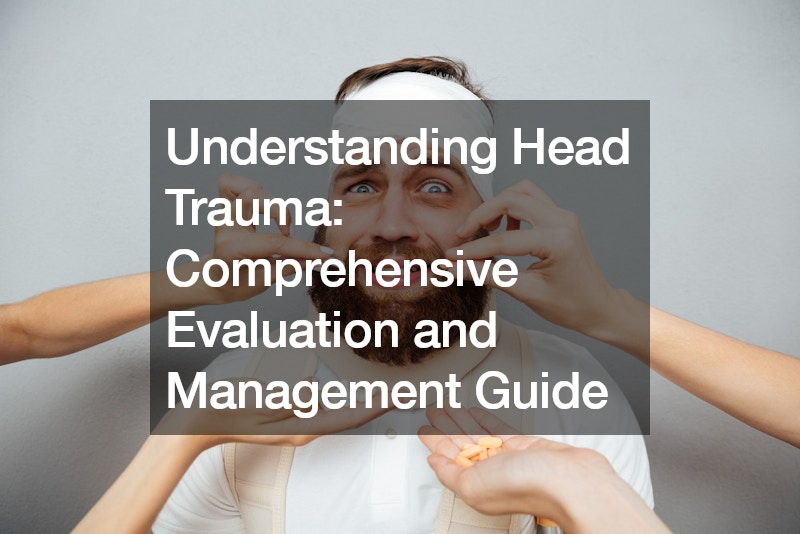Head trauma is a serious medical concern that requires prompt and thorough evaluation to ensure optimal patient outcomes. Whether resulting from accidents, falls, or other incidents, head injuries can lead to various complications if not managed effectively. In this comprehensive guide, we’ll delve into the essential aspects of evaluating and managing head trauma, covering key diagnostic modalities and management strategies.
Diagnostic Modalities
One of the crucial initial steps in assessing head trauma is through diagnostic imaging. Non-contrast head CT scans serve as the cornerstone of evaluation, enabling the detection of fractures, scalp injuries, and intracranial hemorrhages.
These scans are particularly adept at identifying epidural hematomas, characterized by lens-shaped hyperdensities. Additionally, CT angiography plays a vital role in evaluating arterial dissection, especially in cases of head or neck trauma. By visualizing the blood vessels supplying the brain, clinicians can identify potential tears in the arterial intima, necessitating immediate attention.
MRI for Comprehensive Assessment
While a CT scan provides valuable insights into structural injuries, an MRI scan offers a more comprehensive assessment, especially for detecting internal brain injuries. Unlike CT scans, which primarily highlight bleeding and fractures, MRIs excel in identifying subtle tissue damage and assessing for delayed onset hemorrhages. This modality proves particularly beneficial for patients with moderate to severe concussions, aiding in early detection and intervention. The ability to visualize acute on subacute subdural hematomas, for instance, enables clinicians to anticipate and address associated deficits promptly.
Monitoring for Complications
In addition to diagnostic imaging, monitoring for complications such as increased intracranial pressure and seizures is crucial. Intracranial bolt monitoring allows for real-time assessment of intracranial pressure levels, facilitating timely interventions in cases of severe traumatic brain injuries. Seizures, though not universal, are potential complications following head trauma and require prompt evaluation and management. Clinicians must be vigilant in identifying seizure activity and administering appropriate anti-epileptic treatment to mitigate further risks.
Initial Management Strategies
Upon diagnosis, prompt initiation of management strategies is imperative in optimizing patient outcomes. Airway protection takes precedence, with intubation recommended for patients unable to protect their airway adequately, particularly those with a Glasgow Coma Scale (GCS) score of 9 or less. Fluid resuscitation and oxygenation are essential components of supportive care, aimed at minimizing biochemical stress to the brain. Moreover, comprehensive assessment and management of associated injuries, both cranial and extracranial, are vital for addressing the full spectrum of trauma.
Key Takeaways
The evaluation and management of head trauma demand a systematic and multidisciplinary approach. Diagnostic modalities such as non-contrast head CT scans and MRI scans provide invaluable insights into the extent of injuries, while continuous monitoring allows for early detection of complications. Timely initiation of management strategies, including airway protection, fluid resuscitation, and injury management, is crucial for ensuring optimal patient outcomes. By understanding head trauma evaluation and management, healthcare providers can effectively handle these challenging cases and deliver comprehensive care for those in need.
.



